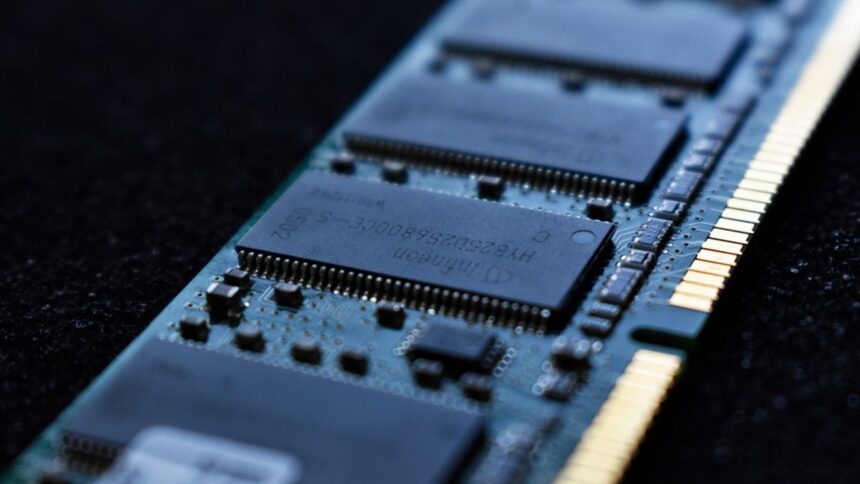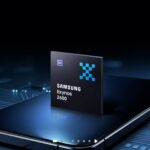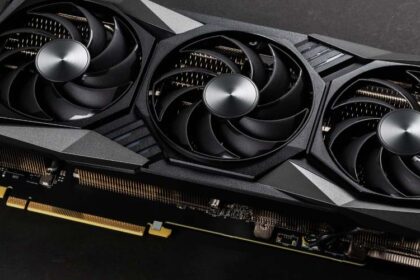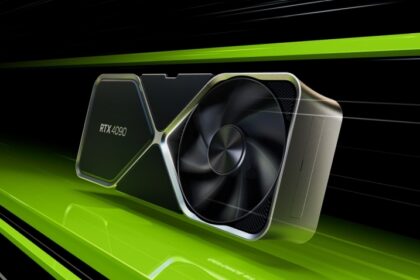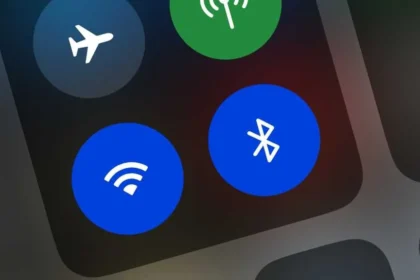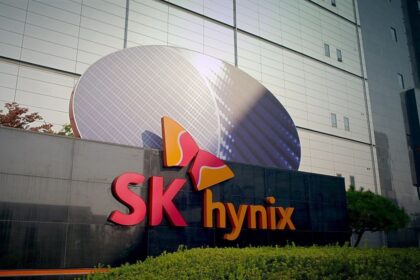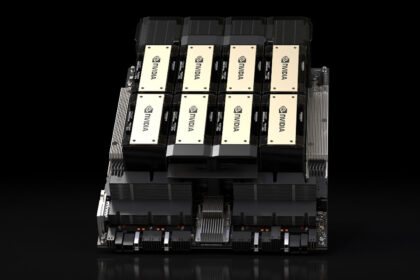The ongoing drama in the memory market has taken another turn. According to a report from South Korean outlet Newdaily, Samsung is increasing prices for its DRAM and NAND flash chips by up to 30% in the fourth quarter of 2025.
The adjustment primarily impacts mobile chips, including LPDDR4X, LPDDR5, and LPDDR5X, which will see price hikes of 15% to 30%. Meanwhile, NAND flash storage chips are expected to rise by 5% to 10%.
Competitors Following the Same Trend
Samsung isn’t alone in raising costs. Other major players in the memory market have also moved in the same direction:
- Micron: Announced increases of 20% to 30%.
- SanDisk: Raised NAND product prices by around 10%.
This points to a broader industry trend, where rising demand is colliding with limited supply.
Why the Sudden Spike?
The surge in prices can be traced back to two key factors:
- Seasonal demand – The fourth quarter traditionally sees strong demand from smartphone launches and new PCs, boosting memory consumption.
- AI boom – The arrival of AI-powered PCs and the rapid expansion of data centers are fueling record orders for high-performance, energy-efficient memory, as cloud providers rush to stockpile SSDs and DRAM for servers.
DDR4 Shortage Adds Pressure
Interestingly, it’s not only the latest memory standards facing price pressure. As global manufacturers shift production toward DDR5 and HBM chips, supply of older DDR4 modules has dropped sharply.
This shortage has created an unusual situation: DDR4 prices have skyrocketed by more than 50% in just one month, in some cases surpassing the cost of newer DDR5 units.
For consumers, these shifts could translate into more expensive smartphones, PCs, and AI-driven devices in the coming months. For enterprises, particularly data centers and cloud providers, the memory crunch underscores the challenge of balancing performance demand with rising hardware costs.

